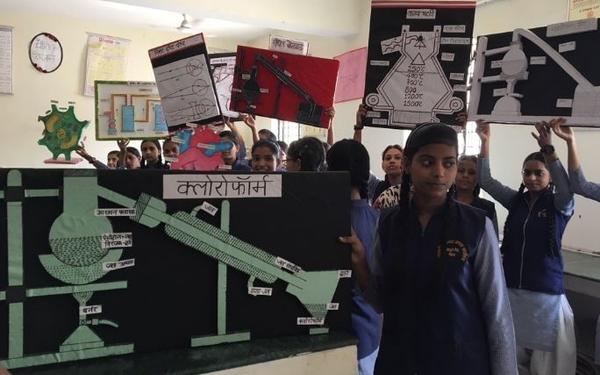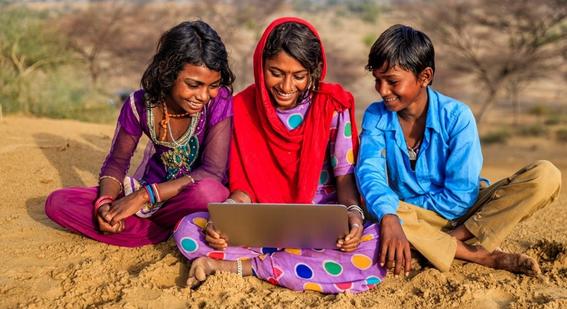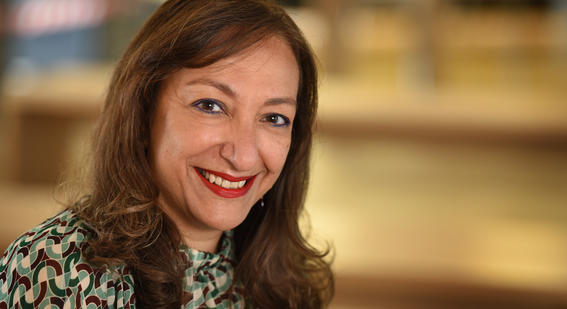Encouraging grassroots innovation in low-resource classrooms
India is the second most populous country in the world, yet is 142nd in the world for per capita GDP. With large, densely populated urban areas, vast rural regions, and mountainous terrain, India is also an exceptionally varied country. Top-down education policy in the country has a chequered history, and administrations have often struggled with the logistical complexities of a diverse education ecosystem, many different types of state-funded school, and stretched central budgets.

I visited India two years ago to hear more about the Sri Aurobindo Society’s Zero Investment in Education Initiative (ZIIEI). The principle behind the programme is quite simple: Indian teachers have creative ideas for teaching large classes in low-resource classrooms, and sharing these ideas can help spread innovation and creativity.
During my visit, I had the opportunity to sit in on one of the half-day teacher training sessions run as part of the ZIIEI programme, and to visit a school 60km north of Delhi that had been using the programme’s techniques.
There were several striking things about these visits. The classes were enormous – a school of 16 teachers had 1600 students. There were no resources – there was a science lab, but no equipment or materials to conduct experiments, so the students had created large illustrations of experiments using recycled materials. But despite all the obvious challenges, the teachers were highly enthusiastic and positive, and felt that the ZIIEI approach had made a real difference to how well the school could support its students and its community.
Central to the ZIIEI approach is its concept of ‘innovation’. ZIIEI’s notion of innovation is that teachers who know the challenges in their job context are best placed to offer solutions for them. This grassroots approach is both distinctive to the ZIIEI approach and in contrast to many top-down system-level ideas about what constitutes innovation. In fact, innovation in this context is on a much smaller, more granular scale.
Education systems are complex, and many stakeholders with different agendas need to align for an intervention to be rolled out and implemented successfully. So, conducted interviews and focus groups to attempt to answer two questions:
- How do different stakeholders perceive the ZIIEI initiative’s aims and its conception of innovation?
- What are the critical features (strengths and weaknesses) of the process of implementation of the ZIIEI initiative, as perceived by the different stakeholders?
The answers to these questions are revealing – both as examples of models for managing and facilitating initiatives that empower and engage teachers, but also for assessing what makes for effective communication and dissemination.




